AMD Radeon RX 9070: Performance Unveiled
The launch of the AMD Radeon RX 9070 comes at a pivotal moment in the graphics card market. With Nvidia's latest generation just unveiled, the Radeon RX 9070 steps into the ring at a competitive $549, directly challenging the underwhelming GeForce RTX 5070. AMD's new card easily outshines its Nvidia counterpart, positioning the Radeon RX 9070 as a top choice for 1440p gaming enthusiasts.
However, the decision isn't straightforward, and AMD must look inward for the complexity. The Radeon RX 9070 is only $50 less than the superior Radeon RX 9070 XT. While the price difference aligns with performance—being about 8% slower and 9% cheaper—it's tempting to splurge the extra $50 for the enhanced performance of the 9070 XT. Nevertheless, within the AMD family, the Radeon RX 9070 still stands strong.
Purchasing Guide
----------------The AMD Radeon RX 9070 hits the market on March 6, starting at $549. Be aware, though, that higher-priced models will likely be available. For the best value, aim to purchase a model as close to the starting price as possible, especially considering its close pricing to the Radeon RX 9070 XT.
AMD Radeon RX 9070 – Photos
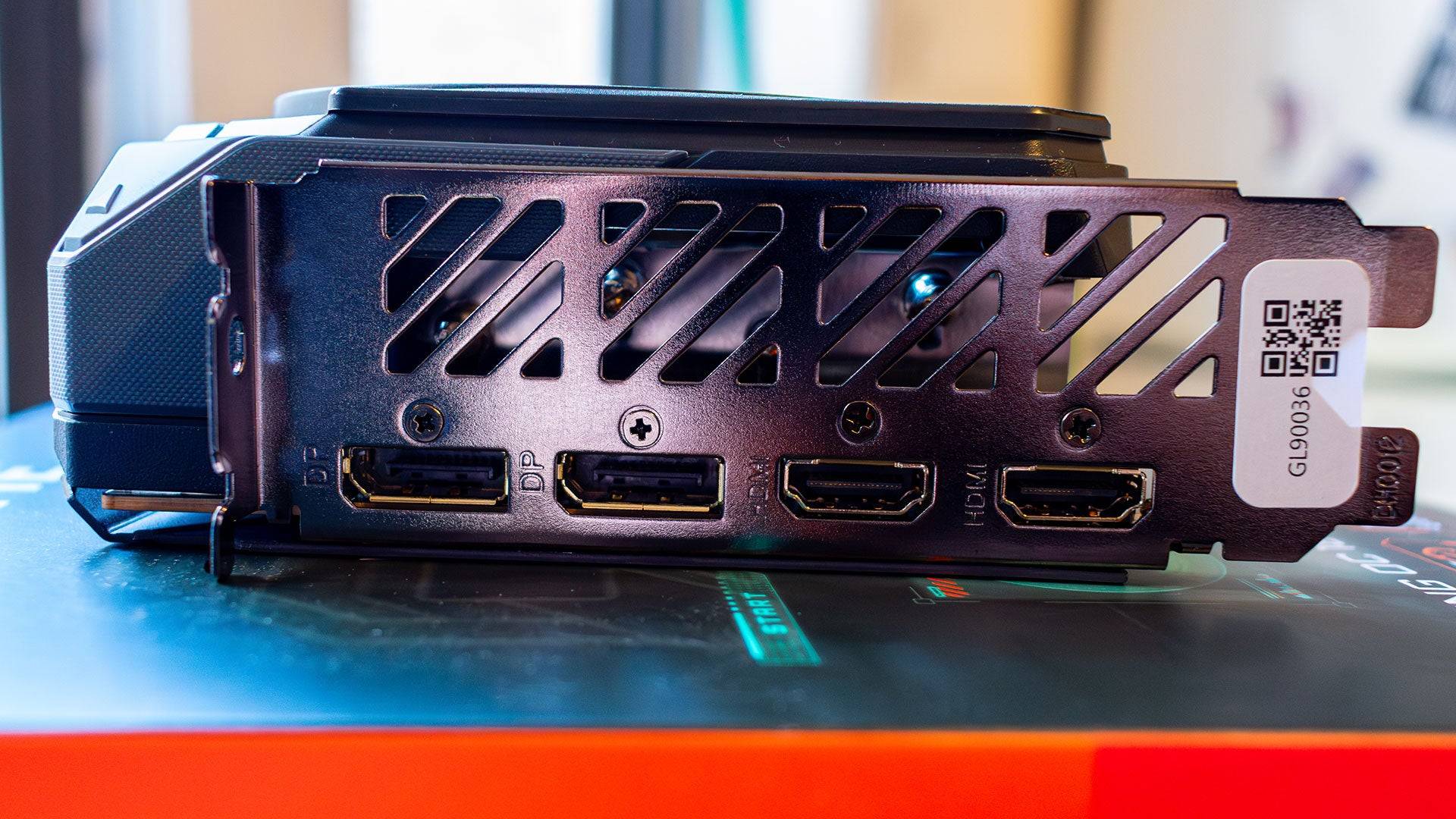
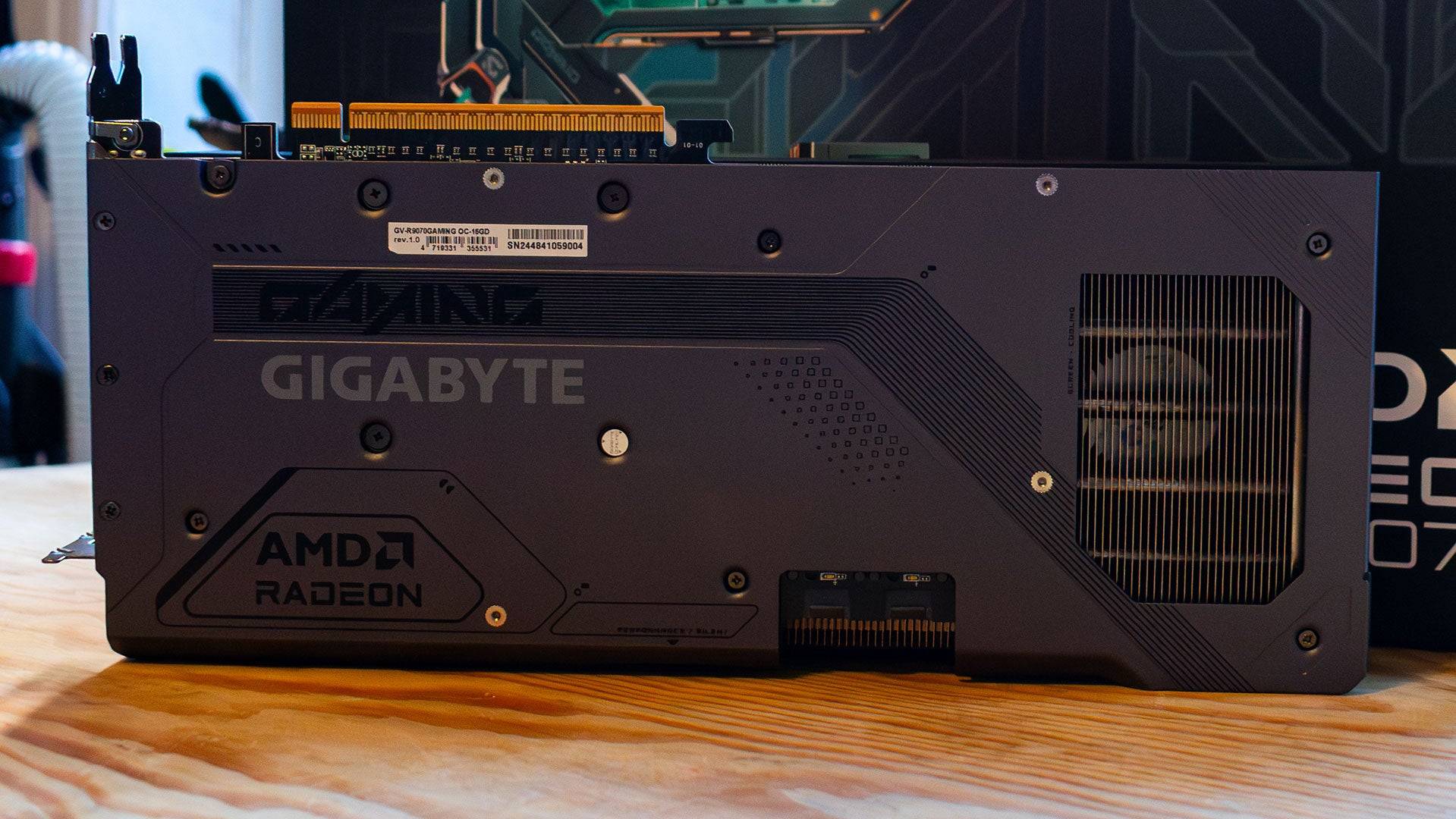 4 Images
4 Images
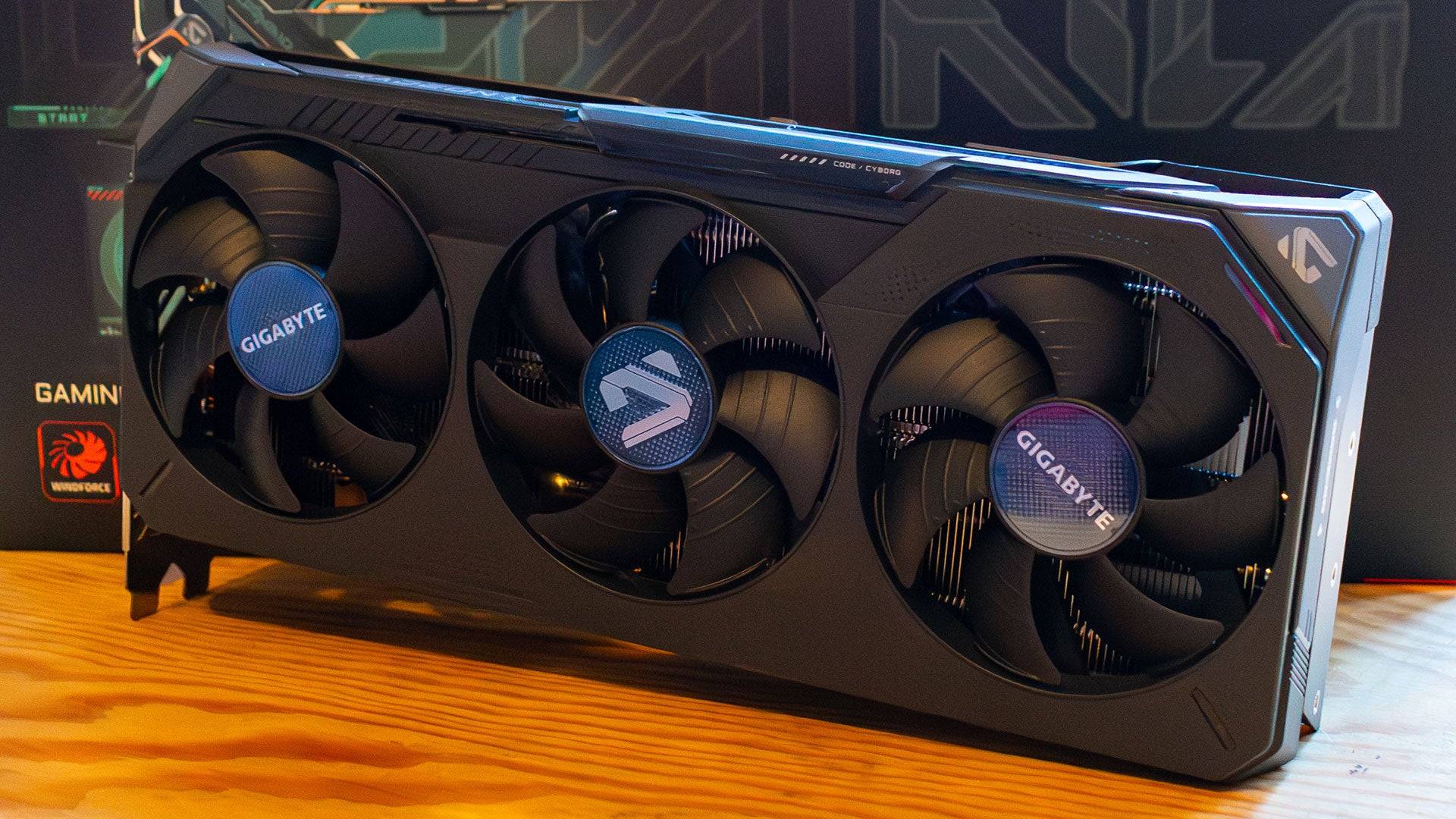
Specs and Features
------------------Built on the cutting-edge RDNA 4 graphics architecture, the Radeon RX 9070 mirrors the capabilities of the RX 9070 XT. This architecture brings significant performance boosts, allowing the 9070 to surpass the Radeon RX 7900 GRE from the previous generation, despite having 30% fewer compute units.
The RX 9070 features 56 Compute Units, each housing 64 Streaming Multiprocessors (SMs), resulting in 3,584 shaders in total. Each compute unit also includes one Ray Accelerator and two AI Accelerators, totaling 56 and 112, respectively. The enhancements to Ray and AI Accelerators enable the RX 9070 to excel in ray tracing and introduce AMD's FidelityFX Super Resolution (FSR) 4, marking the first use of AI upscaling in AMD graphics cards.
Equipped with 16GB of GDDR6 VRAM on a 256-bit bus, the RX 9070 matches the memory setup of the 7900 GRE, promising robust 1440p gaming performance for years to come. Although GDDR7, as used by Nvidia, would have been a welcome addition, it would have likely increased the cost.
AMD suggests a minimum 550W power supply for the RX 9070, given its 220W power budget. My tests showed a peak consumption of 249W, suggesting a 600W PSU for added safety.
Notably, AMD is not releasing a reference design for the RX 9070, leaving the manufacturing to third-party board partners. I tested the Gigabyte Radeon RX 9070 Gaming OC 16G, a triple-slot card with a slight factory overclock.

FSR4
----Since the advent of DLSS in 2018, AI upscaling has revolutionized performance without sacrificing image quality, a feature once exclusive to Nvidia. FSR 4 now brings this technology to AMD GPUs, utilizing previous frames and in-game data to upscale lower resolution images to native resolution via an AI model. This differs from the temporal upscaling in FSR 3, which lacked an AI algorithm and sometimes resulted in artifacts like ghosting.
FSR 4, however, comes with a slight performance trade-off due to the computational demands of its AI model. For example, in Call of Duty: Black Ops 6 at 1440p on the Extreme preset, FSR 3 yields 165 fps, dropping to 159 fps with FSR 4. Similarly, in Monster Hunter Wilds at 4K with ray tracing, the RX 9070 achieves 81 fps with FSR 3, reducing to 76 fps with FSR 4.
Fortunately, the Adrenalin software allows users to toggle between FSR 3 and FSR 4, choosing between performance and image quality. As a fan of single-player games, I opt for FSR 4 for its superior visuals, but fast-paced online gamers might prefer the slight performance edge of FSR 3.
AMD Radeon RX 9070 XT & 9070 – Benchmarks
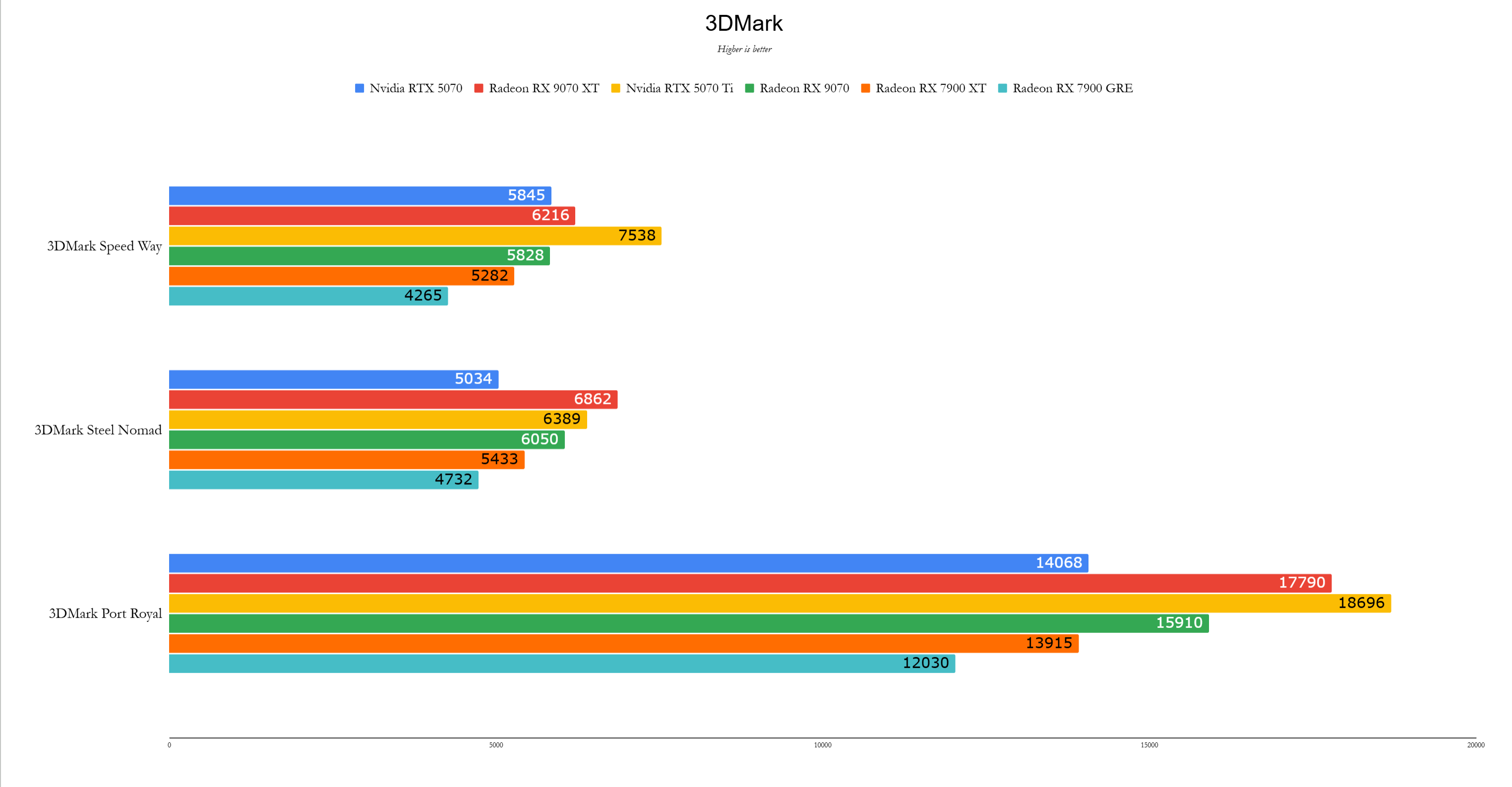
 11 Images
11 Images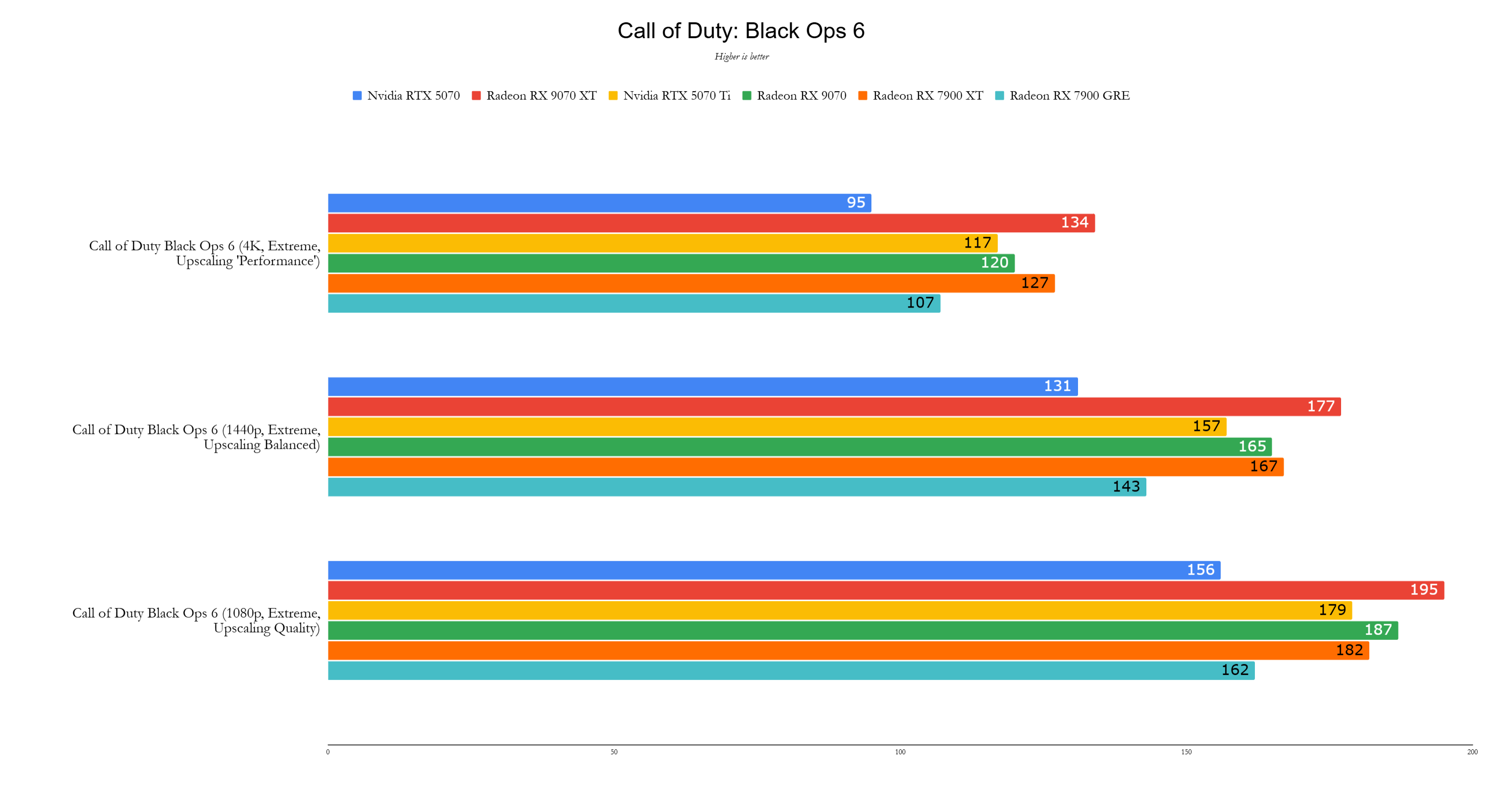
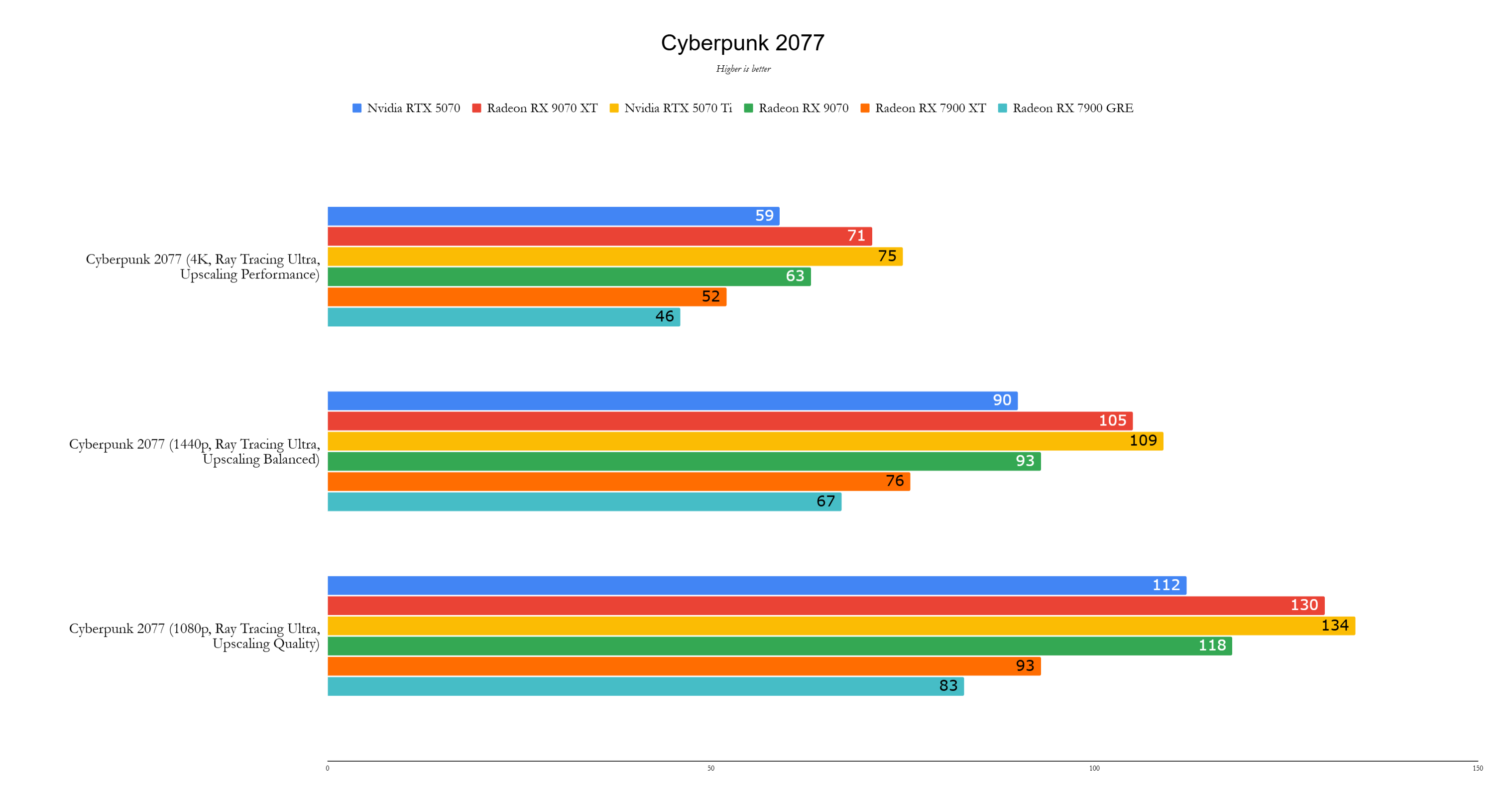
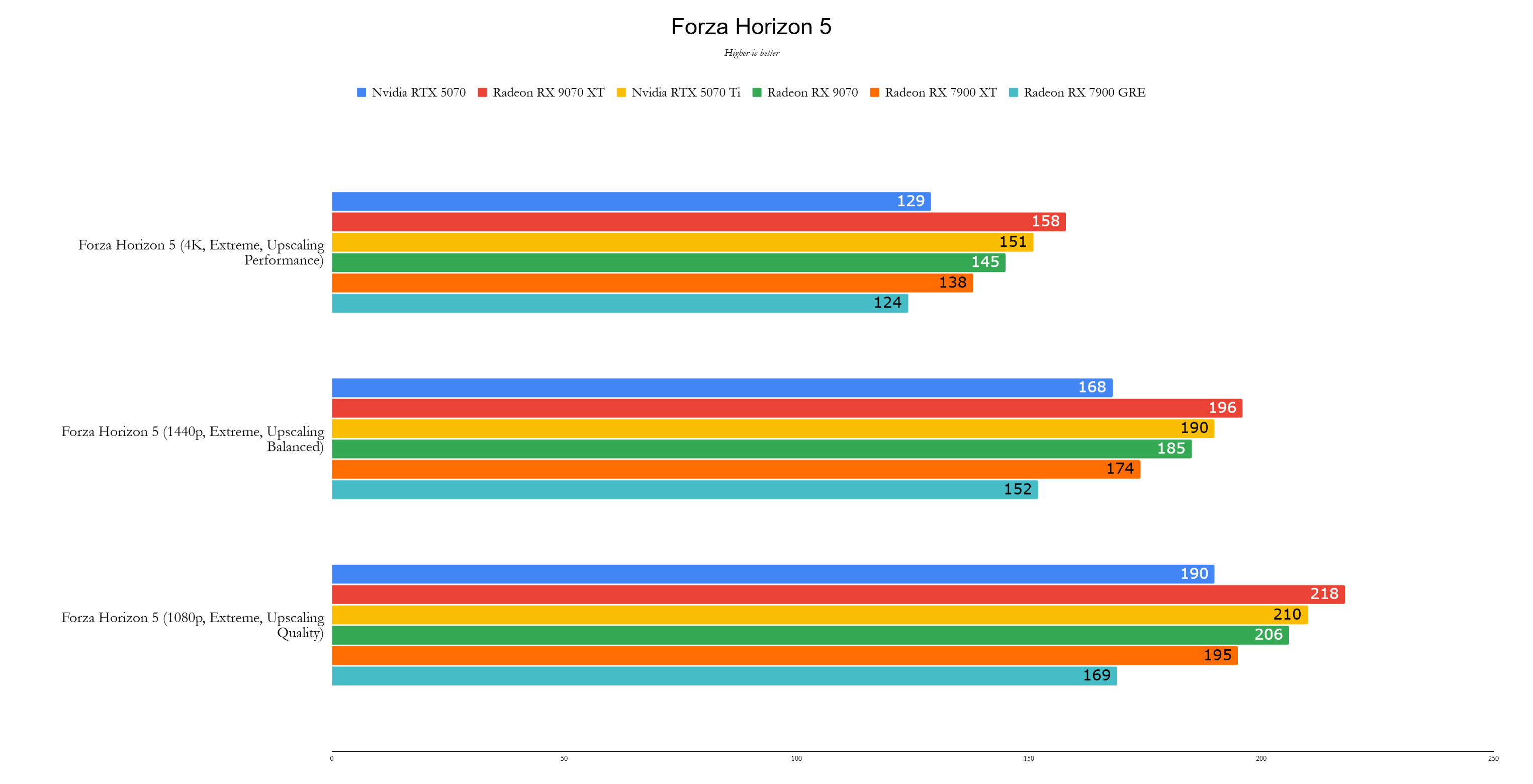

Performance
-----------Priced at $549, the AMD Radeon RX 9070 directly competes with the Nvidia GeForce RTX 5070, often coming out ahead. At 1440p, it averages 12% faster than the RTX 5070 and boasts a 22% lead over its predecessor, the RX 7900 GRE, which also launched at $549 in 2024. This performance leap is impressive, considering the 9070's reduced core count.
The tested model was a factory overclocked version, the Gigabyte Radeon RX 9070 Gaming OC, with a reported boost clock of 2,700Mhz—a 7% increase, translating to about a 4-5% performance boost.
All tests were conducted using the latest public drivers at the time: Nvidia cards on Game Ready driver 572.60, and AMD cards on Adrenalin 24.12.1, with review drivers provided for the RX 9070 and 9070 XT, as well as the RTX 5070.
In 3DMark's Speed Way test with ray tracing, the 9070 scored 5,828 points, nearly matching the RTX 5070's 5,845. In the Steel Nomad test without ray tracing, the 9070 significantly outperformed the RTX 5070, scoring 6,050 to 5,034—a 20% advantage at the same price point.
In Call of Duty: Black Ops 6 at 1440p with FSR 3 set to Balanced, the RX 9070 achieved 165 fps, surpassing the RTX 5070's 131 fps and the RX 7900 GRE's 143 fps by 26% and 15%, respectively.
Cyberpunk 2077, traditionally Nvidia-favored, saw the RX 9070 lead by 3% at 1440p with Ray Tracing Ultra, a notable achievement for AMD.
In Metro Exodus, without upscaling, the RX 9070 averaged 71 fps compared to the RTX 5070's 64 fps, an 11% lead in another Nvidia-emphasized game.
Red Dead Redemption 2, using Vulkan, saw the RX 9070 achieve 142 fps at 1440p, a 23% lead over the RTX 5070's 115 fps, indicating a possible AMD hardware advantage.
In Total War: Warhammer 3, the RX 9070's lead was significant at 4K but negligible at 1440p, where it scored 135 fps compared to the RTX 5070's 134 fps.
Assassin's Creed Mirage at 1440p with the Ultra preset and FSR set to Balanced saw the RX 9070 hit 193 fps, an 18% lead over the RTX 5070's 163 fps.
Black Myth Wukong was a close contest at 1440p, with the RX 9070 and RTX 5070 scoring 67 fps and 66 fps, respectively, on the Cinematic preset.
Forza Horizon 5, despite its age, showcased the RX 9070's prowess with 185 fps at 1440p, outperforming the RTX 5070's 168 fps and the RX 7900 GRE's 152 fps by 12% and 25%, respectively.
The Radeon RX 9070's timely release following the RTX 5070 benefits AMD greatly. Both cards retail at $549, yet the RX 9070 consistently outperforms its Nvidia rival across various tests. With 16GB of VRAM, the RX 9070 is poised for longevity, even if its memory is slower than the RTX 5070's GDDR7. This, combined with its superior performance, makes the RX 9070 an undeniable value proposition.
-
1
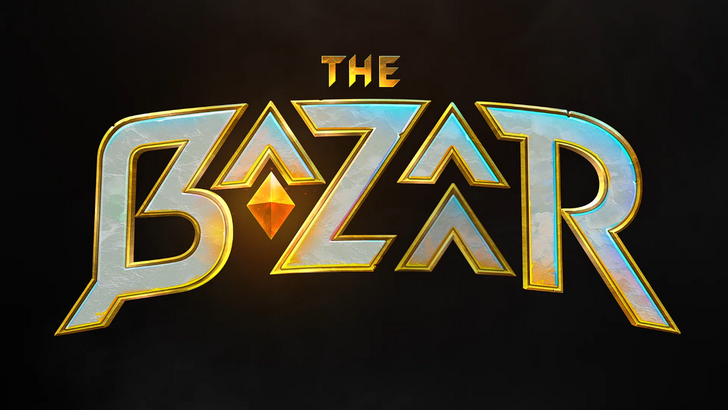
Announcing the Bazaar Release: Date and Time Unveiled
Feb 02,2025
-
2

Andrew Hulshult 2024 Interview: DOOM IDKFA, Blood Swamps, DUSK, Iron Lung, AMID EVIL, Music, Guitars, Cold Brew Coffee, and More
Jan 07,2025
-
3

DC Heroes Unite: New Series from Silent Hill: Ascension Creators
Dec 18,2024
-
4

Professor Doctor Jetpack is a Pixel Art Precision Platformer Now Out on Android
Dec 30,2024
-
5

A demo of the fan-made sequel Half-Life 2 Episode 3 Interlude has been released
Jan 05,2025
-
6

Teamfight Tactics 14.14 Patch Notes: Inkborn Fables Finale
Jan 11,2025
-
7

All Camo Challenges in Call of Duty: Black Ops 6 Zombies
Jan 05,2025
-
8

Android Welcomes Virtual Pet Haven: Pet Society Island
Jan 09,2025
-
9

Switch 2: Summer 2024 Launch Expected
Dec 11,2024
-
10

Sword Master Story Is Celebrating Its 4th Anniversary with Tons of Freebies!
Jan 09,2025
-
Download

Ben 10 A day with Gwen
Casual / 47.41M
Update: Dec 24,2024
-
Download

A Simple Life with My Unobtrusive Sister
Casual / 392.30M
Update: Dec 10,2024
-
Download

The Lewd Knight
Casual / 1210.00M
Update: Jan 02,2025
-
4
Kame Paradise
-
5
Chumba Lite - Fun Casino Slots
-
6
Little Green Hill
-
7
I Want to Pursue the Mean Side Character!
-
8
Evil Lands: Online Action RPG
-
9
Lost Fairyland: Undawn
-
10
Hero Clash














